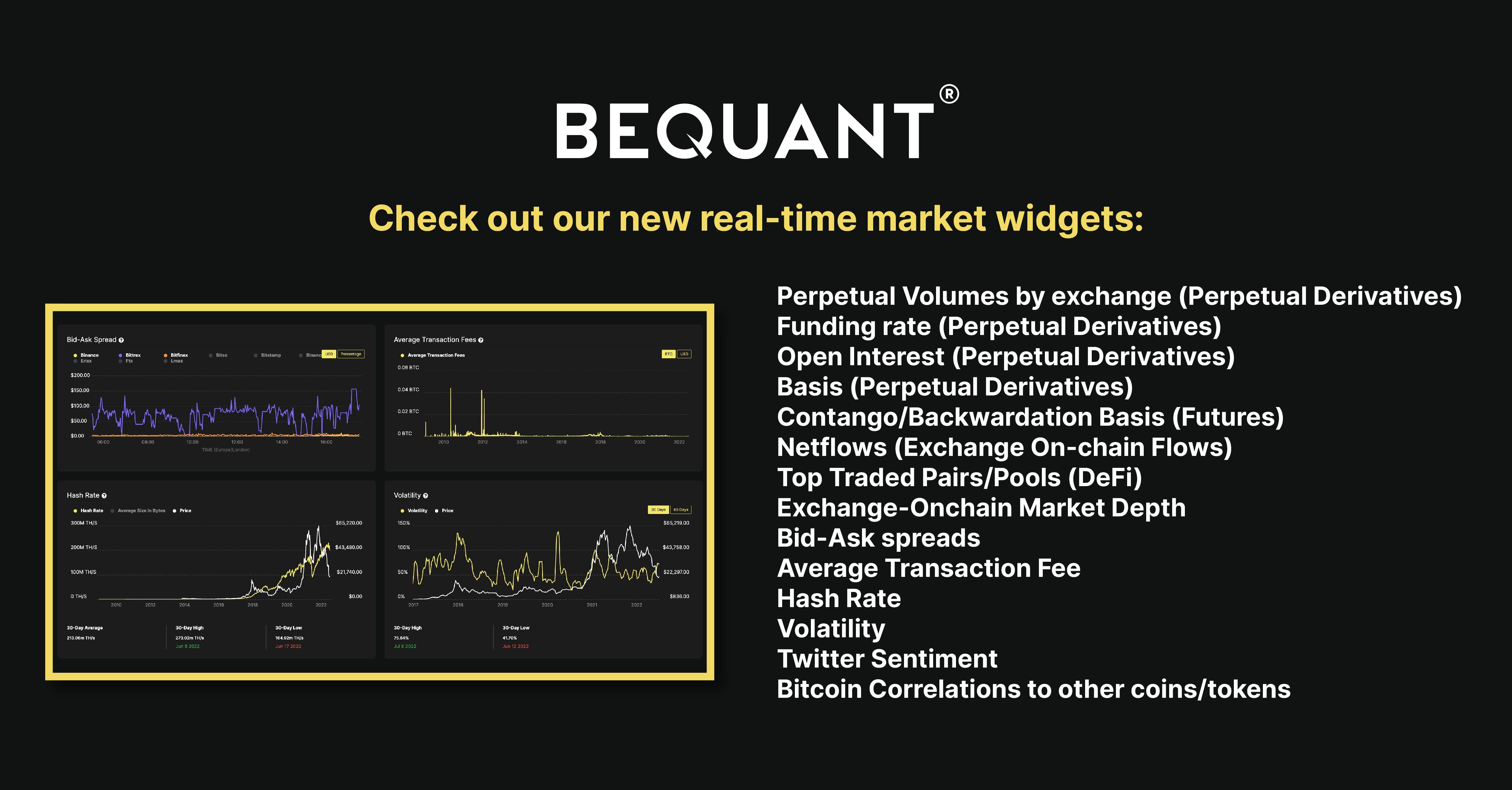RESEARCH

BEQUANT Crypto&Coffee
It is not the first time that Bitcoin has had trouble in continuing the upside momentum around the $9,000 level and history repeated itself yet again on Tuesday after Bitcoin failed to hold onto the best levels of the session and more importantly fell back below $9,000 level. Yet again, the bulls were forced to endure another grind higher and given the price action, there was a lot of indecision, with two-way flow dominating every step of the way. Still, by the closing of stages of trade, Bitcoin managed the recover much of the lost ground and the stage is set for yet another attempt to break towards better levels. The market needs volume and conviction on the break of the upcoming resistance zone, otherwise the bulls will be forced to endure another climb higher up the ladder. The bullish case remains intact, in part supported by a strong showing by the hashrate and also Bitcoin’s mining difficulty was adjusted higher to 16.10 trillion (T) at 4:05 UTC, close to the network’s all-time high of 16.55 T recorded in March. The latest upward surge follows the second-largest decline in the network’s history in late-March. Of note, this was the final difficulty adjustment with the 12.5 BTC block subsidy. What is more interesting is that it is estimated that close to 30% of miners may be squeezed out post block reward halving considering that the first 1008 blocks will have the pre-halving difficulty but half the reward. The hashrate suggests that miners are looking to capture the most of block subsidy before the halving. The problem with the aforementioned influx of activity is that this risks network clog up. In fact, data from Bitinfocharts shows that Bitcoin fees spiked to a high of $2.94 on April 30 - a level not observed since July 2019. What’s more is that mempool data from Blockchain.com shows a massive backlog of Bitcoin transactions awaiting confirmation. The mempool represents the amount of data (in the form of transactions) that still have to be confirmed and processed by Bitcoin’s miners. These mempool backlogs invariably result in higher transaction fees.
It isn’t just Bitcoin that may be suffering from its own success, but Ethereum too. On that note, it appears that Ethereum network is again beginning to suffer from its well-publicised demons. Ethereum gas usage is back to all-time highs whilst network utilisation is also close to full capacity at 90%. The average fee paid has increased significantly, from around $0.14 to $0.20, while median gas prices also increased significantly to 11.926 GWEI, from 8.494 GWEI.
In addition, Ethereum's latest difficulty increased significantly in the last 24 hours, up 3.5%. What is more unnerving for market participants is that there is now $5.6 billion worth of Tether’s USDT stablecoin issued on Ethereum, as opposed to $1.3 billion on Bitcoin’s Omni and only $800 million on Tron. Should Ethereum’s network grind to a halt, it certainly won’t bode well for overall market stability. Another factor worth highlight again, is the potential scope for miners flippening from Ethereum to Ethereum Classic given the soon-to-be obsolete mining hardware.
Finally, it is worth noting that in an investor letter, Pantera Capital’s Dan Morehead explained why he is not expecting a V-shaped economic recovery. The current market environment could be a boon for bitcoin as investors seek new opportunities. The much-anticipated halving could also prove a positive force in this context.



